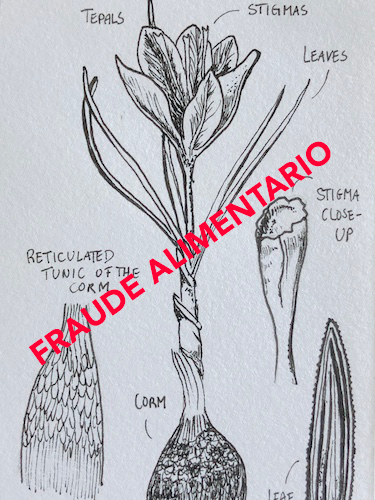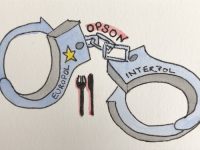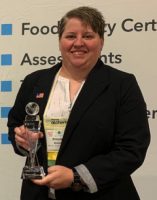My heart sank when I had to call an emergency meeting with my team and had to basically say, “stop everything”, because we had multiple crises to manage. I had fallen victim to what so many organizations do: Ditch the strategic work in favor of firefighting. And here I was in that position, having to lead others and feeling so off track.
I pulled out my “Compass” to figure out how to stay grounded amidst the chaos and still move the organization with the strategic work in addition to the task at hand. The “Compass” I am referring to became my guide to stay calm amidst chaos and navigate my team through rough waters. But before I explain what I did, let me give you some context.
Crisis 1: We were having a food safety problem in one plant for which we’d not found the root cause and it was putting us in a position of constant mitigation. While it was fully contained, it would continue to show up, leaving us feeling helpless that we still hadn’t resolved it. On top of that, there was external pressure to resolve the issue, because there was also a major infrastructure enhancement due to start in the same area. To make matters worse, I was challenged to gain the support from some local leadership in order to bring in external resources to fill our capability gap given the multiple issues to manage.
Crisis 2: We had found a food safety issue with a supplier for which they were pushing back on us that it was not them. Despite collaboration to try to find the root cause of the quality issue, it soon escalated into our inability to ship products to a customer. When we brought all the interested parties together on a call we reached a conclusion that allowed us to continue shipping, but I felt defeated that I could not get to the root cause. What I did realize was that I got people’s attention and we collaborated on a solution—though not optimal. In the face of darkness, a leader’s leadership is truly challenged and doubt in your capabilities soon takes over.
Crisis 3: We had a food safety leader who was not performing and impacting the morale of the employees. We worked extensively to give them guidance and an opportunity to improve performance, but in the end we had to let them go. The energy we took to try to improve the situation for the manager and the employees ultimately was exhausting; we let them go and moved forward with interim leadership to help rebuild the organization.
I had to quickly manage resources, set expectations and provide a calm environment for my team to perform at their highest potential as we gathered in our “War Room” to manage the crisis. While The CEO’s Compass was not even an idea at that point, it was a story in the making and here’s why.1
To get back to True North or “Peace of Mind”, I needed to focus on three things.
- Purpose. We needed to get back on track as being a trusted brand, and deliver safe and quality products that our customers expected. Diverting resources for this greater purpose gives us the freedom to focus and know we would get back to the strategic work once capacity allowed us. The team poured their collective wisdom into the situation and they naturally started to collaborate on the best approach.
- Performance. I needed the framework to assess the needs of the organization, individual teams and the individuals themselves and provide the leadership, coaching and feedback needed during this time. I was no longer the subject matter expert and had to rely on really smart people on the best approach. My job was to remove barriers and provide tactical and emotional support so they could do their job.
- Pride. The intersection of the humanity on my team with their intellectual property was my single most important tool to get through this challenge. The team had expertise in areas I had not needed to leverage, and since I knew their past and what they’ve done before, I was able to deploy resources based on acknowledging their gifts and put them in the right places for the multiple crises.
I cleared the table for my team to address these multiple crises and had to say, “stop everything”, and with these compass points in my pocket, they rose to the occasion and we addressed the crisis. Lessons unfolded into the strategic work we were meant to do. We had a few scars from these events, but we came out stronger than before.
As I assessed the Compass points of “Purpose, Performance and Pride” to set the strategy to navigate these crises, I found myself back on track and could continue forward with the strategic work and lessons learned from these events.
- How do you manage through transformation or a crisis?
- What hard conversations do you have with your team?
- Do you have a Compass that with a few course corrections can get you back on track?
- If you don’t have a Compass, do you know how to find one?
As food safety professionals, we need to support each other to grow our network and our collective capability via community.
Reference
- Coviello, D. (Publish Date August 2021). The CEO’s Compass – Your Guide to Get Back on Track is an approach to assess your organizational gaps and a deliver a strategy to get back on track to true north or “Peace of Mind”.

























